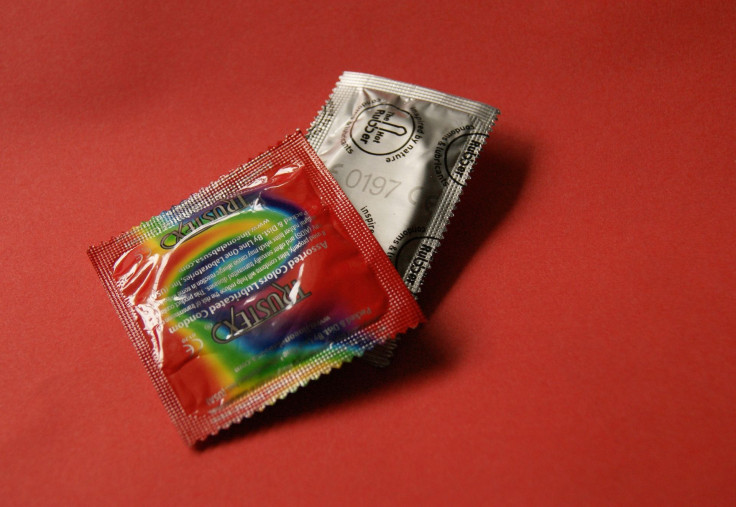Injectable PrEP Drug Provides Long-Acting Protection Against Vaginal HIV Transmission

Public health campaigns and drug developers have targeted HIV and AIDS since the epidemic swept across the United States in the 1980s. More than one million people still live with HIV in the U.S. due to the lack of a cure, but recently researchers have made advances that could help prevent new infections.
For people at very high risk of contracting HIV, pre-exposure prophylaxis is currently king. These drugs ward off HIV if it comes in contact with the body, keeping the virus from gaining a foothold. They’re important for people at high risk, including those in a relationship with an HIV-positive partner, gay or bisexual men who have had sex without using a condom in the past six months, and any heterosexual people who have unprotected sex with partners of unknown HIV status.
Current prevention drugs come in different forms, including pills and vaginal gels and rings, that haven’t worked very well in human trials, mainly because people aren’t using them correctly. A team of researchers from the University of North Carolina may help solve that problem with an effective, long-acting form of the HIV drug raltegravir.
“Raltegravir is a well-tolerated drug with a strong track record of use for the treatment of HIV,” said Dr. Martina Kovarova, the study’s lead author and an assistant professor of medicine in the university’s division of infectious diseases, in a statement. “Changing its form from an oral pill to a subcutaneous injection produced a long-acting release of the drug that can be used for pre-exposure prophylaxis.”
A person normally takes Raltegravir, which Merck produces and the FDA approved in 2007, twice daily as a pill. Though the drug is effective as a treatment for HIV, skipping doses can deal a severe blow to its effectiveness. To test an injectable form of the medicine, Kovarova and her colleagues gave long-acting raltegravir to mice and monkeys. They found that two weeks after a single shot, the animals had the same levels of raltegravir in their system as humans who take the pill twice a day. The injection also resulted in a notable blockage of the virus in a model of vaginal HIV transmission. After four weeks, the raltegravir provided significant protection against several strains of HIV. Raltegravir has a leg up on other drugs as well — it effectively battles HIV in the female reproductive tract, something other antivirals have struggled with.
“A single injection of long-acting raltegravir may only be needed every month or every few months to provide protection against HIV infection, which could improve adherence,” Kovarova said.
Dr. Victoria Garcia, study co-author and professor of medicine in the division of infectious diseases at the University of North Carolina School of Medicine added: “Effective long-acting formulations for HIV prevention represent the next generation of pre-exposure prophylaxis. This is a very exciting new formulation of raltegravir with great potential.”
Source: Korarova M, Swanson M, Sanchez R, Baker C, Steve J, Spagnuolo R, Howell B, et al. A long-acting formulation of the integrase inhibitor raltegravir protects humanized BLT mice from repeated high-dose vaginal HIV challenges. Journal of Antimicrobial Chemotherapy. 2016.
Published by Medicaldaily.com



























